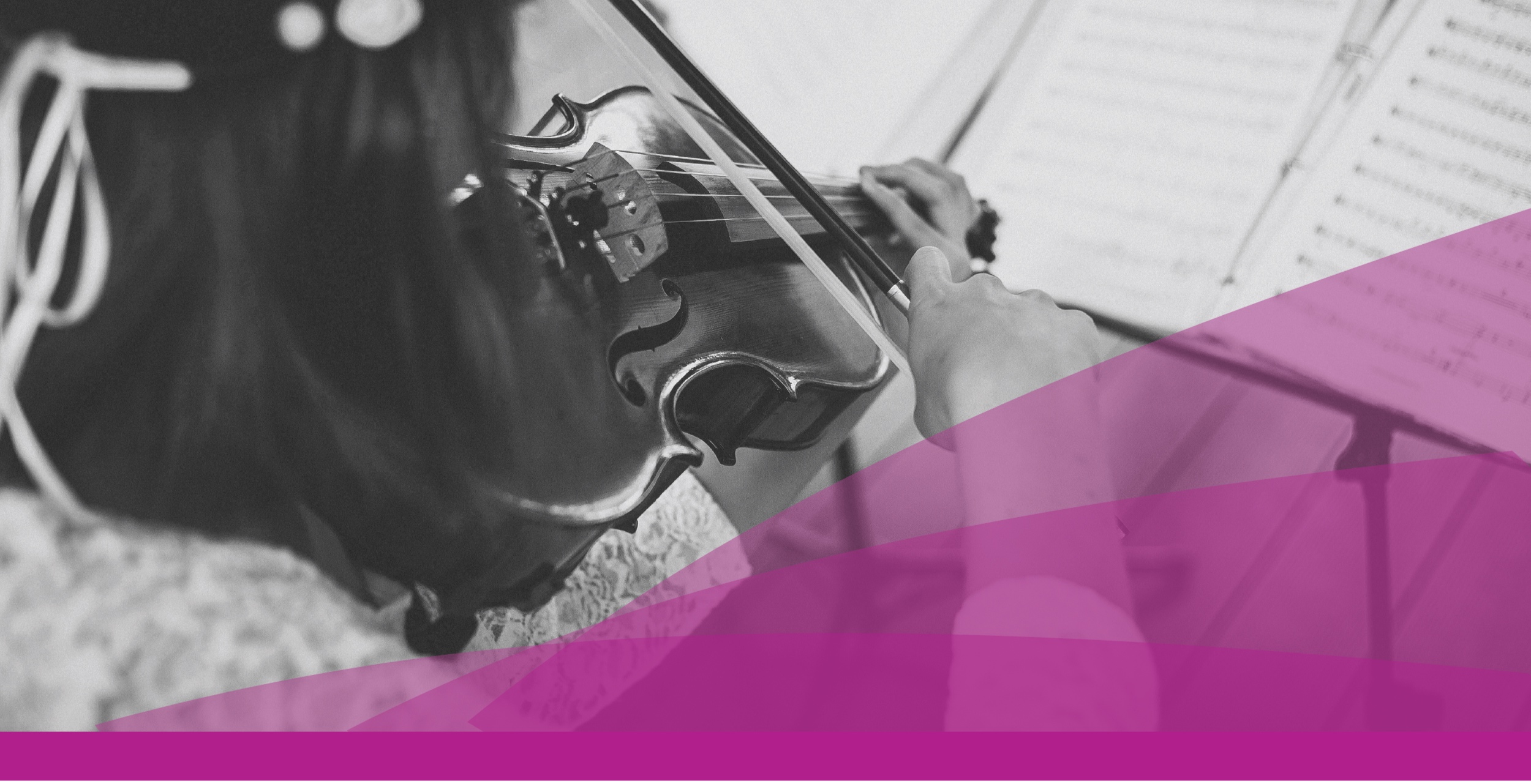Suzuki Method
Shinichi Suzuki was a violinist, educator, philosopher and humanitarian. Born in 1898, he studied violin in Japan for some years before going to Germany in the 1920s for further study. After the end of World War II, Dr. Suzuki devoted his life to the development of the method he calls Talent Education.
Suzuki based his approach on the belief that “Musical ability is not an inborn talent but an ability which can be developed. Any child who is properly trained can develop musical ability, just as all children develop the ability to speak their mother tongue. The potential of every child is unlimited.”
Dr. Suzuki’s goal was not simply to develop professional musicians, but to nurture loving human beings and help develop each child’s character through the study of music. This method is used throughout the world as an established philosophy of learning music.
How does Talent Education differ from other methods of teaching music to children?
Thoughtful teachers have often used some of the elements listed here, but Suzuki has formulated them in a cohesive approach. Some basic differences are:
Suzuki teachers believe that musical ability can be developed in all children.
Students begin training at young ages as early as 2 years old.
Parents play an active role in the learning process.
Children become comfortable with the instrument before learning to read music.
Technique is taught in the context of pieces rather than through technical exercises.
Pieces are refined through constant review.
Students perform frequently, individually and in groups.
Parent Involvement
The parent is vital to the child’s success in both the traditional and Suzuki approach. In traditional settings, the parent takes care of whatever the child can’t do for themselves. They drop them off and pick them up every week, buy any books or supplies the child needs, and make sure they practice.
In the Suzuki method, the parent is much more involved. They attend each lesson and take notes. They practice with their child at home, reinforcing concepts learned in the lesson. They provide emotional support during the journey and often bond with their child in a way they wouldn’t have otherwise.
Reading
Traditionally, note-reading is introduced during the first few lessons. The child is sent home to practice scales and arpeggios, complete sheets in a theory book, and practice sight-reading.
The Suzuki method parallels the way a child learns to speak: by repetition, imitation, feedback, more repetition, and refinement. In the same way you wouldn’t teach a child to speak by giving them a grammar book, note-reading is delayed until the child is comfortable with the instrument. The child learns to emulate a beautiful tone and steady rhythm by listening to recordings of the music they are learning. This continues even after they learn to read.
The Group Setting
Traditional music lessons are one-on-one. The child may join youth orchestras or ensembles, but group instruction is not generally utilized.
In the Suzuki method, however, group instruction is a crucial component. Students interact with other young musicians while polishing musical skills. Weekly group classes include musical games, theory, and performing—together and for one another—in a fun, relaxed environment.
Is the Suzuki Method a good fit for my family?
Dr. Suzuki leading a group of young violinists
It depends on a lot of factors.
It is a big time investment for the parent and student, but with BIG payoffs for your relationship and developing character.
It is a long term commitment. Having a supportive community is essential. We are on a journey of growing and learning together!
At Suzuki String Academy we believe that learning an instrument is not just an extra curricular activity but a part of daily life. Music is a powerful tool to shape lives, build character and open learning pathways.
Our focus is not only on learning an instrument and becoming great musicians but first on WHO we are becoming as we learn. Building beautiful hearts.❤️
Learn more about the Suzuki Method at Suzuki Method
Ruth Klinginsmith & Marianne Wall - Directors of Suzuki String Academy



